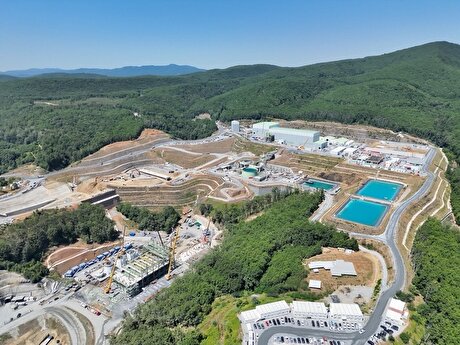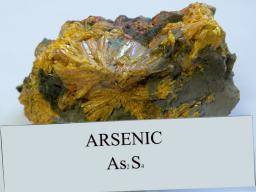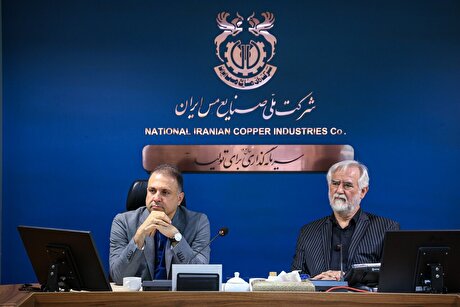
Arsenic: Will it take the shine off the red metal?

Arsenic is a poisonous element found within minerals at many of the world’s copper mines. As a consequence of sulphide ore processing, arsenic is concentrated along with copper; this becomes more acute as the in-situ grade increases. The largest copper supply region in the world, Latin America, has high arsenic content in many of its ageing copper mines. With many of the upcoming projects also having high arsenic content, the volume that needs to be treated is set to increase, intensifying the environmental and financial risk to producers.
Although different processing methods result in different arsenic by-products, all of them require long term storage or expensive handling. This is set to add more pressure to operating costs and, notably, the reputation of copper miners and processors. With China having set a benchmark maximum of 0.5 percent arsenic in imported concentrate, this could become the new global trading standard – requiring additional processing and raised costs.



First Quantum scores $1B streaming deal with Royal Gold

Newmont nets $100M payment related Akyem mine sale

Caterpillar sees US tariff hit of up to $1.5 billion this year

Gold price rebounds nearly 2% on US payrolls data

Goldman told clients to go long copper a day before price plunge

Australia pledges $87M to rescue Trafigura’s Nyrstar smelters in critical minerals push

Copper price posts second weekly drop after Trump’s tariff surprise

One dead, five missing after collapse at Chile copper mine

Idaho Strategic rises on gold property acquisition from Hecla

Century Aluminum to invest $50M in Mt. Holly smelter restart in South Carolina

Australia to invest $33 million to boost Liontown’s Kathleen lithium operations

Glencore warns of cobalt surplus amid DRC export ban

SSR Mining soars on Q2 earnings beat

A Danieli greenfield project for competitive, quality rebar production

China limits supply of critical minerals to US defense sector: WSJ

Alba Hits 38 Million Safe Working Hours Without LTI

Advanced cold-rolled strip for China’s New Energy Vehicle market

Codelco seeks restart at Chilean copper mine after collapse

US slaps tariffs on 1-kg, 100-oz gold bars: Financial Times

Australia to invest $33 million to boost Liontown’s Kathleen lithium operations

Glencore warns of cobalt surplus amid DRC export ban

SSR Mining soars on Q2 earnings beat

A Danieli greenfield project for competitive, quality rebar production

China limits supply of critical minerals to US defense sector: WSJ

Alba Hits 38 Million Safe Working Hours Without LTI

Advanced cold-rolled strip for China’s New Energy Vehicle market

Codelco seeks restart at Chilean copper mine after collapse

US slaps tariffs on 1-kg, 100-oz gold bars: Financial Times














